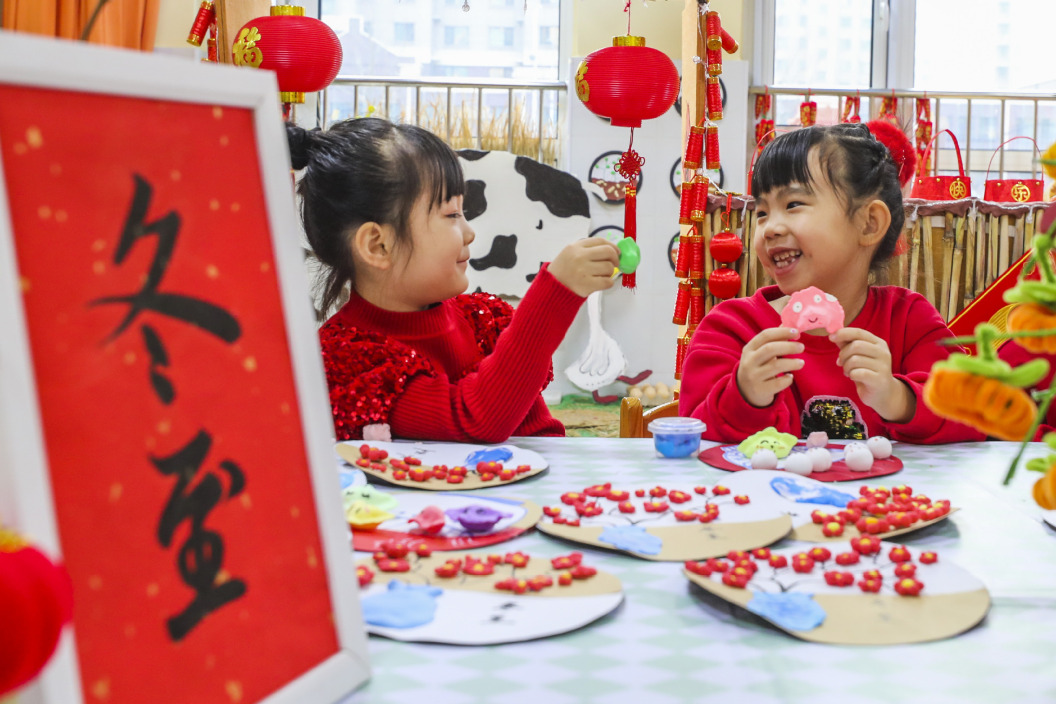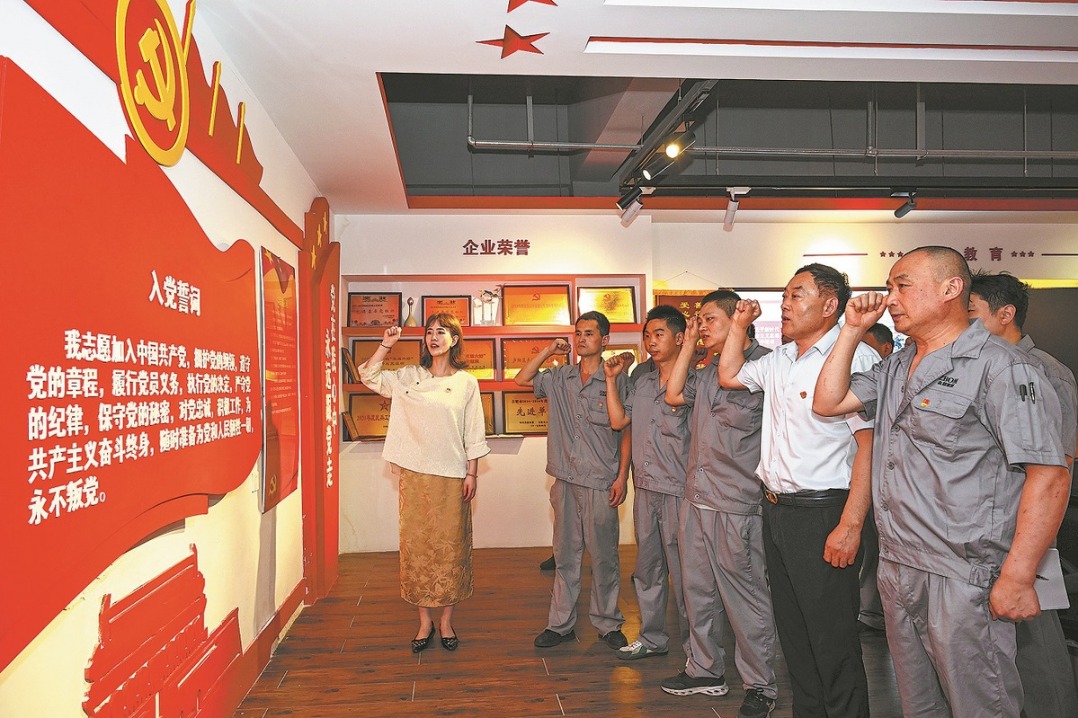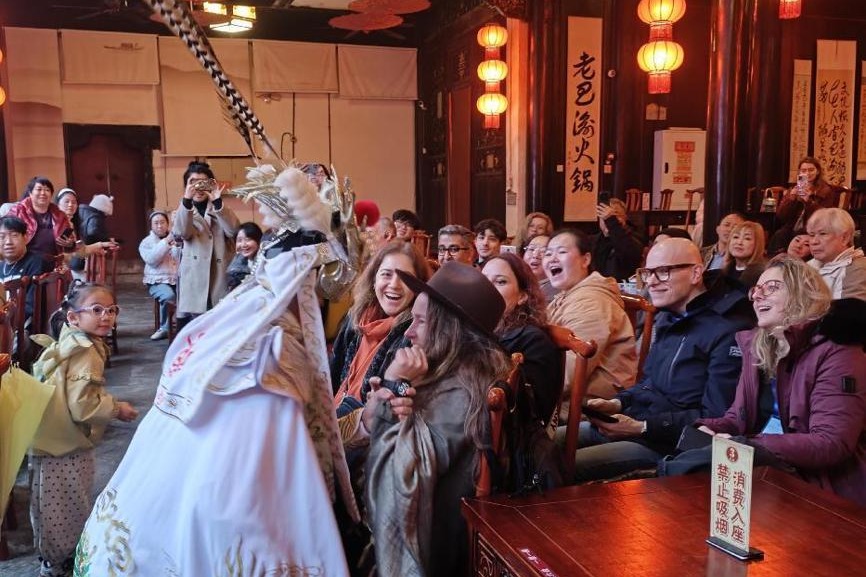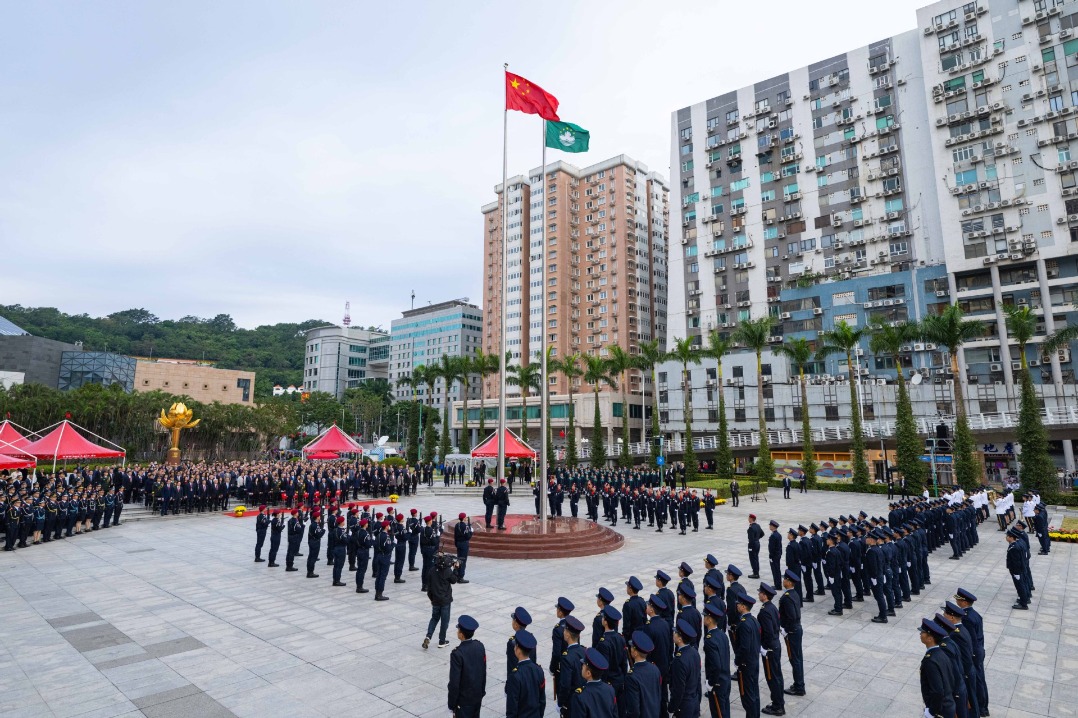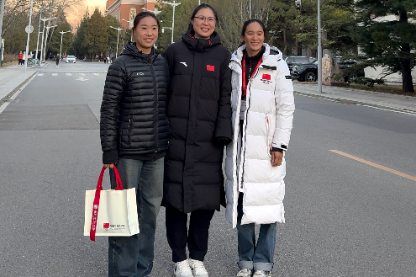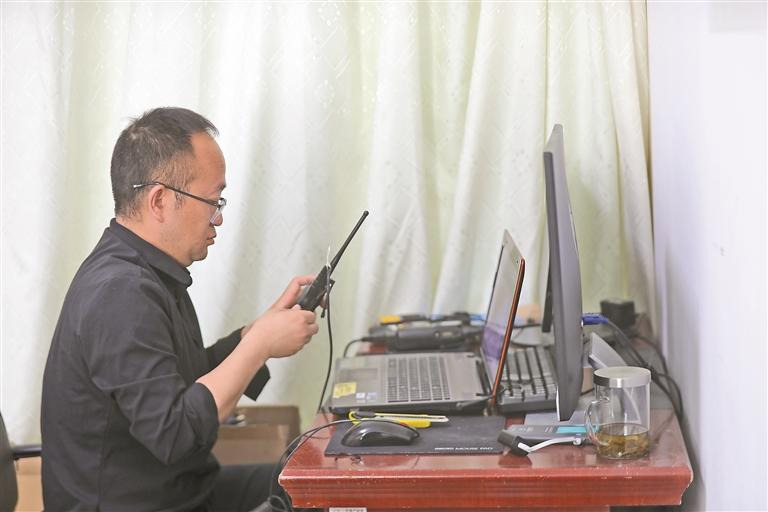New audiences discover classic opera through mobile phones

A traditional opera, edited specifically for viewing vertically on a mobile phone and divided into 2-minute-long episodes, has proved a hit with China's tech-savvy young people keen on watching bite-sized cultural treats between swipes on social media.
The recently released micro drama Huo Yan Ju, or The Flame Colt, is based on the classical Qinqiang Opera of the same name first performed during the Qing Dynasty (1644-1911).
The latest iteration of the story is adapted by Shaanxi province's Xi'an Sanyi Troupe, which has a history dating back 130 years and has been staging the classic Qinqiang Opera piece for decades.
The micro drama tells the legendary story of Li Yanrong, a loyal minister's son who uncovered and defeated traitors, quelled border unrest and saved the nation from danger.
Known for its dynamic rhythms and high-pitched singing, Qinqiang Opera, a traditional opera in northwestern China, was recognized as national intangible cultural heritage in 2006.
"We've made an innovative attempt in the transformation of artistic forms, the reconstruction of narrative rhythms and younger-oriented expression," said the drama's codirector Chen Shuling.
She said the drama uses many facial close-ups, handheld tracking shots and dynamic camera movements to create a more immersive experience.
The plot shifts from romance to court power struggles, emphasizing the crisis at the border and the conflict between loyalty and treachery.
To attract young viewers, the drama features young actors with their singing dubbed by veteran Qingqiang Opera artists.
"The biggest challenge is to compress the storyline of the original 3-hour stage play into fast-paced, concise episodes. It means that drastic cuts to the vocal segments are inevitable," said Liu Gebing, the drama's music supervisor.
Each 2-minute episode inserts one or two classical vocal segments, many of which are abridged to no more than 40 seconds.
"We also altered the pitch of some vocal segments to a lower key, softening the high-pitched quality of traditional Qinqiang Opera, to make it more acceptable for the general viewers," Liu said.
To lower the threshold for understanding, dialogues are delivered in Mandarin, while only the vocal segments retain the Shaanxi dialect. Solo, accompanying vocals and choruses replaced long monologues.
"This micro drama functions as an advertisement for Qinqiang Opera, crafted for young audiences," Liu said.
He said the target viewers are those aged between 18 and 35, especially those who have never watched Qinqiang Opera. The drama has attracted a particular following among university students.
The troupe has plans to put on a performance specifically for fans of the micro drama, drawing them to experience the authentic charm of traditional opera in the theater.
"This drama ingeniously transforms Qinqiang Opera's core techniques — singing, recitation, acting and acrobatics — into narrative engines that propel the storyline," said Yan Min, a social media critic.
"Some micro dramas combined with intangible cultural heritage come to prominence. They create a shared language between traditional culture and modern viewers," Yan said.
"Intangible cultural heritage is naturally embedded in the plots, propelling the growth of characters or resolving conflicts. Also, the vertical cinematography magnifies the intangible cultural heritage's visual impact through close-ups."
When audiences are moved by intangible cultural heritage and the stories in the dramas, they resonate emotionally with traditional culture and instinctively embrace it as worthy of cherishing, according to Yan.
"Micro dramas are a vivid way to present traditional craftsmanship, for example, making ceramics, compared with observing the exquisite handiwork in a museum," he added.
However, he pointed out that some works only implant intangible cultural heritage symbols in a simplistic way. For example, inserting vignettes that have no connection to the plot.
According to Yan, besides the national policy encouraging micro dramas to combine intangible cultural heritage, governments in Fujian and Jiangsu provinces have also formulated preferential policies.
"Such policies not only provide a boost, but also pave the way for intangible cultural heritage to shift from active preservation to creative reinvention," said music supervisor Liu.
- Vice-chairman of CPPCC Jiangxi Provincial Committee placed under investigation
- Five trapped in flooding accident at Heilongjiang coal mine
- Long March 5 rocket deploys tech demo satellite into space
- China launches communication technology test satellite
- Spokesperson warns against aggression toward mainland fisherman
- Lhasa wetland reserve recognized as world's highest altitude wetland
















